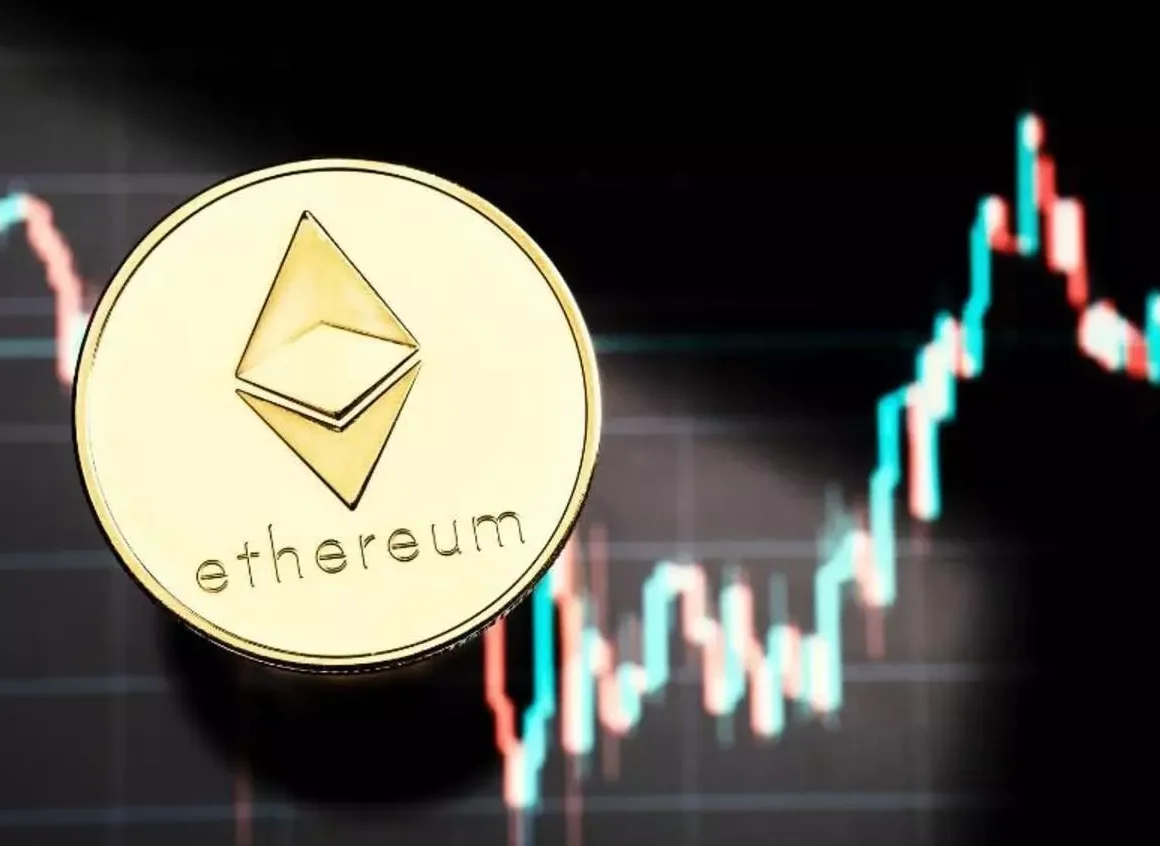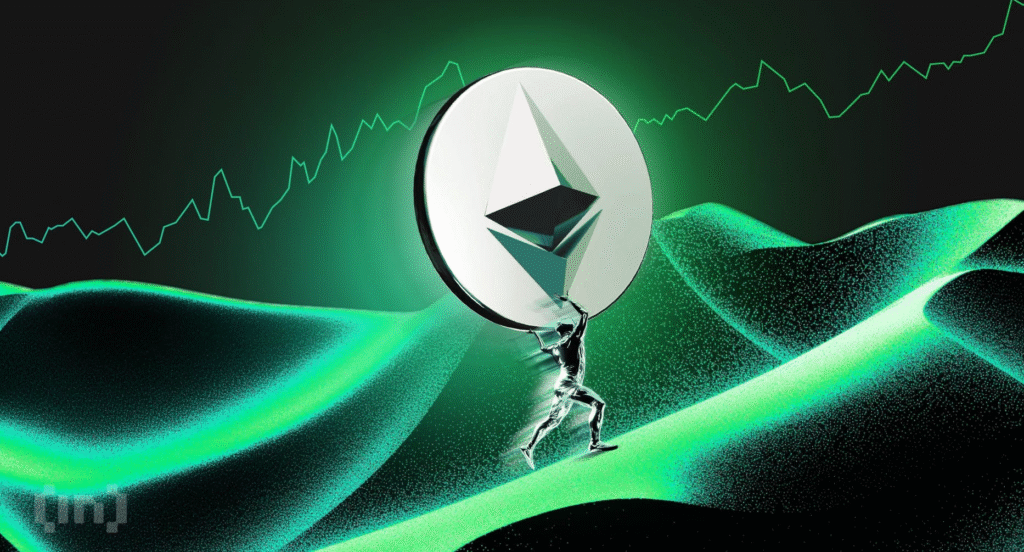The second-largest Cryptocurrency Market capitalisation, Ethereum (ETH), is reaching a turning point in price activity. ETH has now soared above the $1,800 level, moving towards a perhaps significant horizontal rebound not seen in months after months of consolidation and downward pressure. As Ethereum approaches a critical resistance level, traders, analysts, and market players all pay more focused attention.
Often seen as a yardstick of investor mood, Ethereum’s price behaviour is a significant predictor of the state of the larger cryptocurrencies. ETH has been stuck in a range over the past few weeks, oscillating between key support and resistance levels. But with a recent surge over $1,800, Bitcoin has spurred fresh debates on whether bulls can keep their momentum or if the market will go down once more.
Ethereum Price Surge
Ethereum is trading at about $1,806 at the time of writing, a good 1.85% rise in daily value. With a peak intraday price of $1,820.32, the bitcoin indicates a temporary drive to cross a set resistance zone. This is a clear departure from the steady range-bound trading ETH had seen over the last few months; many are now wondering whether this recent surge heralds the start of a more prolonged upward trend.

ETH rose beyond $1,800 following months of stabilisation in the $1,600 to $1,700 range as it struggled to find a direction in this market uncertainty. The current jump suggests Ethereum aficionados may be ready to intervene and force the price higher, but the question is whether they can hold the line or if this is just another ephemeral increase.
Ethereum Price Levels Analysis
Ethereum’s recent surge has taken it above the critical $1,800 resistance level, which had previously acted as a cap for ETH’s price action for several months. The $1,800 level is now being watched closely by traders to see whether the price can maintain this newfound strength or if it will fall back below this threshold. A sustained move above $1,800 would open the door for Ethereum to challenge higher levels.
Immediate resistance lies at $1,850, and if ETH can break through this level, it could potentially retest $1,900. Should Ethereum reach and hold above this area, it would indicate a robust shift in market sentiment, increasing the probability of revisiting the highs seen earlier in 2023 and possibly pushing towards a new all-time high near $2,000. For now, these are the key levels to watch in the coming days and weeks.
On the flip side, there are several support levels that traders will be monitoring closely. The immediate support lies at the $1,750 mark. If the price falls below this level, it could signal a potential retracement to the $1,700 region. Below that, the next major support level would be around $1,650, which would signal deeper weakness in the market. As long as ETH can hold above $1,700, the bullish case remains intact.
Ethereum Bullish Momentum
Ethereum’s 20-day exponential moving average (EMA), which has recently shown support, is a key signal. ETH continues above this crucial moving average, indicating a short-term uptrend. Though the relative strength indicator (RSI) is overbought, the surge may be consolidating. An RSI near to 70 indicates a market overstretched; Ethereum may pull back if buying demand drops.
If the market is favourable, ETH can rise as long as the RSI is below 70. Bulls are optimistic, but traders and investors should watch for signs of fatigue or market reversal.
Ethereum Price and Momentum
Ethereum’s recent price fluctuation is influenced by both technical factors and Bitcoin market sentiment. As ETH breaks $1,800, traders are showing hope after a long period of low activity. Institutional investors are increasingly considering Ethereum as a Bitcoin alternative, especially as Ethereum 2.0 approaches. Ethereum 2.0’s claimed scalability, lower transaction costs, and more sustainable proof-of-stake consensus process may boost long-term ETH demand.

Particularly with the growing number of Ethereum-based financial products, reports indicate that institutional curiosity in ETH is rising. Should this pattern continue, it could bring Ethereum’s price more upward pressure, therefore sustaining any optimistic momentum.
Final thoughts
For Ethereum, this last effort to recover the $1,800 resistance level is a momentous event and tests if bulls can keep the momentum. Technical indicators point to a bullish phase of the market, although as ETH reaches overbought levels, there are indications of possible consolidation. The next few days will be crucial in deciding whether a downturn is approaching or whether Ethereum can sustain its gains and go towards more price levels. The main point of observation for short-term investors should be the $1,800 level.

